Recently, important archaeological discoveries have contributed to deciphering the mysteries surrounding the construction of this structure, from the source of stone quarrying, transportation methods to advanced construction techniques.
The Ho Dynasty Citadel, one of the most unique stone structures in Vietnam, was built in 1397 at the end of the Tran Dynasty, with the original name of Tay Do. The citadel was chosen by Ho Quy Ly, after ascending the throne in 1400, as the capital of the new dynasty. In 2011, the Ho Dynasty Citadel was recognized by UNESCO as a World Cultural Heritage.
Decoding the origin of building stones
The Ho Dynasty Citadel is a unique stone architectural work in Vietnam. The citadel is also called Tay Do (or Tay Giai) to distinguish it from Dong Do (Thang Long, Hanoi). This place was the economic, political and cultural center of the late Tran Dynasty for 7 years, from 1400 to 1407.
The Ho Dynasty Citadel consists of three parts: La Thanh, Hao Thanh and Hoang Thanh. Of these, the most massive structure, still quite intact to this day, is Hoang Thanh. The entire outer wall and four main gates were built with green stone slabs, meticulously carved, square, and stacked tightly on top of each other. The walls were assembled from large stone blocks, some of which were over 6m long and estimated to weigh 26 tons. The total volume of stone used to build the citadel was about 25,000m3 and nearly 100,000m3 of soil was elaborately dug and built.
Historical books specifically recorded the construction time of the Ho Dynasty Citadel in just 3 months. The book Dai Viet Su Ky Toan Thu wrote: "Dinh Suu (Quang Thai) year 10 (1397). In the spring, January, the minister of the Ministry of Justice and Grand Historian Do Tinh (some books record him as Man) was sent to survey the land and measure An Ton cave, Thanh Hoa province, build a citadel, dig moats, establish ancestral temples, erect Xa Tac altars, open streets, with the intention of moving the capital there. In March, the work was completed."
The archaeological excavation process lasting more than 10 years at the heritage site has gradually deciphered and clarified the mysteries related to the origin of the stone used to build the citadel, the design and construction methods, as well as the formation, development and existence of this capital. These discoveries not only contribute to clarifying the historical values but also increase the global prominence of the Ho Dynasty Citadel World Heritage Site through historical periods.
After much research, scientists have determined that about 2km from the northern gate of the Ho Dynasty Citadel, there is a mountain named An Ton, located in Vinh Yen commune, Vinh Loc district. This is a limestone mountain with the highest peak reaching 126.5m. The mountain has a gradually sloping terrain to the West, with a total area of nearly 26 hectares. In particular, An Ton mountain possesses many layers of stone arranged in natural grain patterns, convenient for exploitation and processing, providing an ideal source of raw materials for the construction of the Ho Dynasty Citadel.
In fact, through comparative analysis with the stone slabs at the Ho Dynasty Citadel wall and through the excavation pit at the South Gate, scientists have confirmed that these stone slabs were exploited from the An Ton mountain range for the purpose of building the capital. Some stone slabs also have very square shapes and sizes, similar to the stone slabs at the Ho Dynasty Citadel.
Archaeologists excavate the Imperial Citadel.
Through surveying the soil on the slopes and foot of the mountain, scientists also discovered many pieces of stone, densely mixed with soil. Traces of processing and mining show that the stone was roughly processed by the Ho Dynasty right on the spot, then transported to the citadel area to complete the construction techniques. On the An Ton mountain range, many valuable artifacts such as rusted stone mining tools, pieces of dishes and other household items made of ceramic from the Tran - Ho Dynasty were also found.
This important discovery has solved a question that has existed for more than 600 years: Where did the stones used to build the Ho Dynasty Citadel come from? The use of available materials and transportation from Thang Long citadel to build the Ho Dynasty Citadel, combined with the thorough use of local materials (stones for building the citadel), with a large and strictly disciplined workforce, along with a scientific design and construction method. This explains why the Ho Dynasty Citadel could be completed in just 3 months, exactly as recorded in history books.
How to transport blocks of stone weighing tens of tons?
The citadel was built from bluestone blocks, with each stone slab measuring an average of 1.5m long, 1m wide and 0.8m thick. However, there are many slabs that are up to 7m long, nearly 2m wide, more than 1m thick and weigh tens of tons. How were those large, heavy stones transported to build the citadel?
Based on folk documents such as the legend of the Cong Da road, the roller and the Ben Da on the Ma River where the stones were gathered, along with the favorable location of An Ton Mountain compared to the Ma River and the Ho Dynasty Citadel, scientists hypothesized about the process of transporting these large stone blocks: Accordingly, it is possible that the workers crafted the stones on the spot according to predetermined sizes, then transported the stones from An Ton Mountain down to the Ma River (through the Yen Ton village area).
The stones would be gathered on rafts and transported downstream to the Stone Wharf area of Tho Don village (about 1.5km away). Then, the stones were transported along the Stone Wharf road to build the citadel. Currently, the remains of the stone wharf and the stone transport road in Tay Giai village, Vinh Tien commune still remain.
The pair of headless stone dragons.
Legend has it that when building the Ho Dynasty Citadel, in order to transport large blocks of stone, the Ho Dynasty dug a waterway connecting the stone quarry at An Ton Mountain to the Ho Dynasty Citadel. However, due to the hasty construction and the execution at night, the road was dug in a different direction than planned. This, coincidentally, created a beautiful landscape that exists to this day. The existence of My Xuyen Lake today is a testament to the many methods of transporting stone to build the Ho Dynasty Citadel.
When transporting stones, the ancients used rollers, levers, elephant and buffalo pulling power and human power. To move the stone slabs up, they built up a gentle slope inside, then gradually pulled each stone slab up and arranged them into a vertical wall, the stone veins in the shape of the letter Cong. Large stones were placed below, small stones were placed above. After digging the trench, the soil was mixed with sand, gravel, and crushed stone to build the inner rampart, compacted to prevent slipping and create an inclined plane to help pull the stones up. When completed, the outer stone wall together with the inner earth wall formed a solid structure.
During the process of archaeology and collecting artifacts from the people, many stone balls and stone rollers of different sizes were collected. According to scientists, these were the tools used to transport heavy blocks of stone from the quarry site to build the citadel.
The Ho Dynasty Citadel is affirmed by many cultural researchers and archaeological experts as a "breakthrough phenomenon" in terms of mining, manufacturing and construction techniques of a great project, with the basic material being large stone blocks. It can be said that the Ho Dynasty left behind an "unprecedented" construction technique, different and unique, making future generations amazed by the talent and intelligence of their predecessors.
The capital with full of temples, shrines, roads, palaces...
The Ho Dynasty Citadel was built on a very favorable feng shui site. It is surrounded by mountains, creating a front-back position with Thanh Long on the left and Bach Ho on the right. At the same time, the Ho Dynasty Citadel is also surrounded by the confluence of two large rivers, the Ma River and the Buoi River, creating a solid and favorable terrain.
Currently, above the southern and northern gates, there are traces of holes for burying pillars carved into the rock. According to scholars, these are the remaining traces of the watchtower architecture on the gate of the Ho Dynasty Citadel. The buried pillar marks show that the watchtower at the southern gate is larger and more magnificent than the watchtower at the northern gate. This confirms the existence of special architectural works, serving many important functions during the process of establishing the capital and founding the country of the Ho Dynasty. These data completely coincide with historical records, showing that this is where the Ho Dynasty went on expeditions, expanded its territory and won victories.
Stones and artifacts remaining at An Ton Mountain, where scientists believe the Ho Dynasty took stones from here to build the citadel. (Photo in article: Provided by the author)
In the central area of the Ho Dynasty Citadel, the only remaining artifact is a pair of stone dragons on the steps. There are many legends and anecdotes surrounding the mystery of these dragons - where did they come from, when were they placed, and why were their heads cut off? The archaeological excavation process in the inner area of the Ho Dynasty Citadel from 2019 to 2023 has gradually deciphered the mysteries and anecdotes about this issue. This pair of stone dragons on the steps originally belonged to the main hall of the Tay Do citadel, placed in the original position where they were arranged, on the steps leading up to the main hall of a capital.
Currently, the main axis of the Ho Dynasty Citadel still has a road connecting from the South gate to the North gate. According to archaeological results, scientists have confirmed that this is the Royal Road (or Royal Road) - the road the Emperor traveled in the middle of the Capital along the North - South axis in the overall planning of the ancient Eastern Capitals. Along the Royal Road, archaeologists have also discovered a series of important architectural vestiges of the main palace of the Tay Do Citadel, which is considered the oldest vestige of the main palace in the history of the Vietnamese capital discovered to date.
Excavation and archaeology of the central area of the Ho Dynasty Citadel have determined that throughout its many years of existence, there was once a complete central architecture, including a main hall with 9 extremely magnificent compartments. The architecture of this main hall is determined to be the largest scale discovered by archaeology to date.
In addition, from the remaining walls and gates, archaeologists have discovered many important structures in the Ho Dynasty Citadel such as: Hoang Nguyen Palace (main palace), Dong Thai Mieu, Tay Thai Mieu, King's Nest, Hao Thanh, Royal Road, the structure of the walls and gates. This system of extremely unique and valuable relics and artifacts clearly proves that the Ho Dynasty Citadel was an ancient capital that was planned and built completely and systematically.
Talking to reporters of the Health and Life Newspaper, Mr. Nguyen Ba Linh, Director of the Ho Dynasty Citadel World Heritage Conservation Center, said that the Ho Dynasty Citadel, throughout the history of Dai Viet civilization, has left behind many mysteries, many questions, many controversies during its more than 600 years of existence and development as the Capital and Ancient Capital of a dynasty. The archaeological excavation process for more than 10 years at this heritage site has gradually deciphered and revealed the mysteries surrounding the design, construction, building, existence, and development of this capital. The Ho Dynasty Citadel has become a historical witness with its own values of world "caliber", to be listed on the list of world cultural heritages.






![[Photo] National Assembly Chairman Tran Thanh Man meets with outstanding workers in the oil and gas industry](https://vstatic.vietnam.vn/vietnam/resource/IMAGE/2025/4/17/1d0de4026b75434ab34279624db7ee4a)
![[Photo] Closing of the 4th Summit of the Partnership for Green Growth and the Global Goals](https://vstatic.vietnam.vn/vietnam/resource/IMAGE/2025/4/17/c0a0df9852c84e58be0a8b939189c85a)
![[Photo] General Secretary To Lam receives French Ambassador to Vietnam Olivier Brochet](https://vstatic.vietnam.vn/vietnam/resource/IMAGE/2025/4/17/49224f0f12e84b66a73b17eb251f7278)
![[Photo] Nhan Dan Newspaper announces the project "Love Vietnam so much"](https://vstatic.vietnam.vn/vietnam/resource/IMAGE/2025/4/17/362f882012d3432783fc92fab1b3e980)
![[Photo] Promoting friendship, solidarity and cooperation between the armies and people of the two countries](https://vstatic.vietnam.vn/vietnam/resource/IMAGE/2025/4/17/0c4d087864f14092aed77252590b6bae)





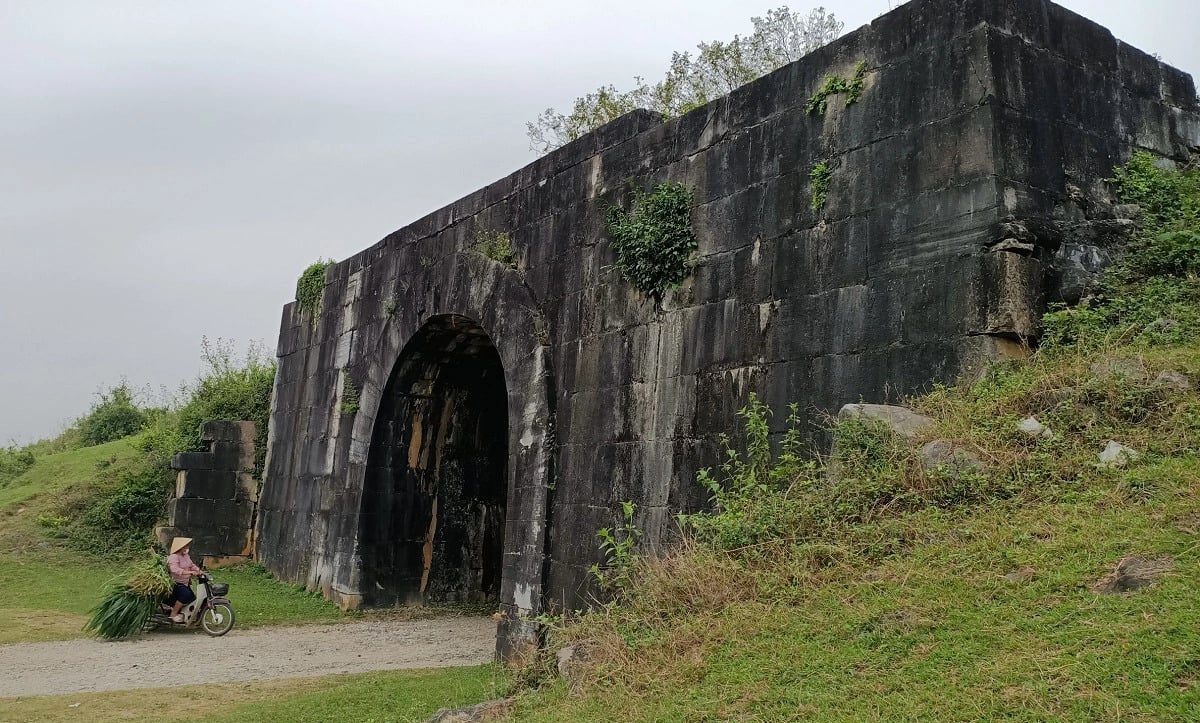

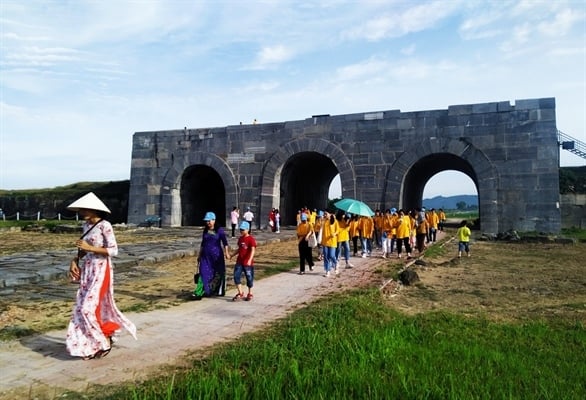

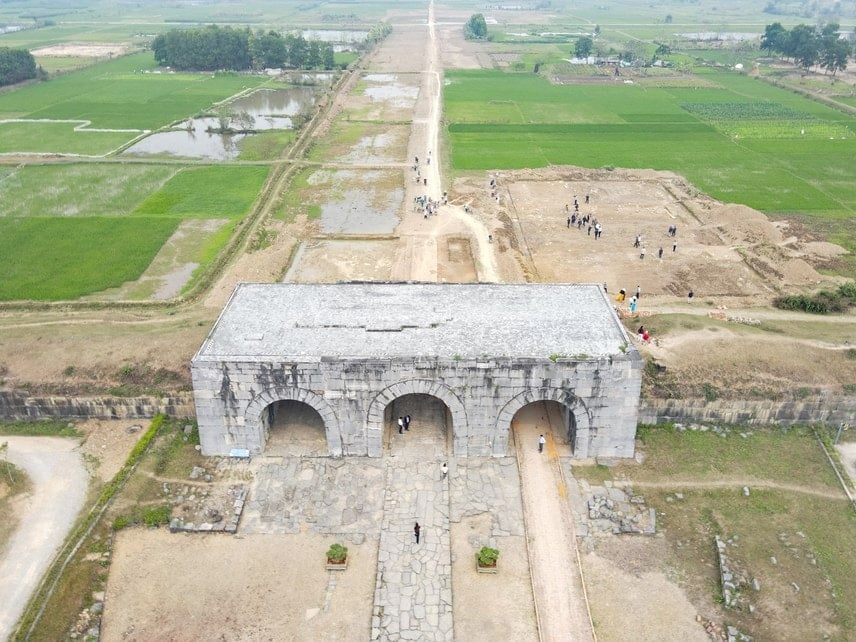












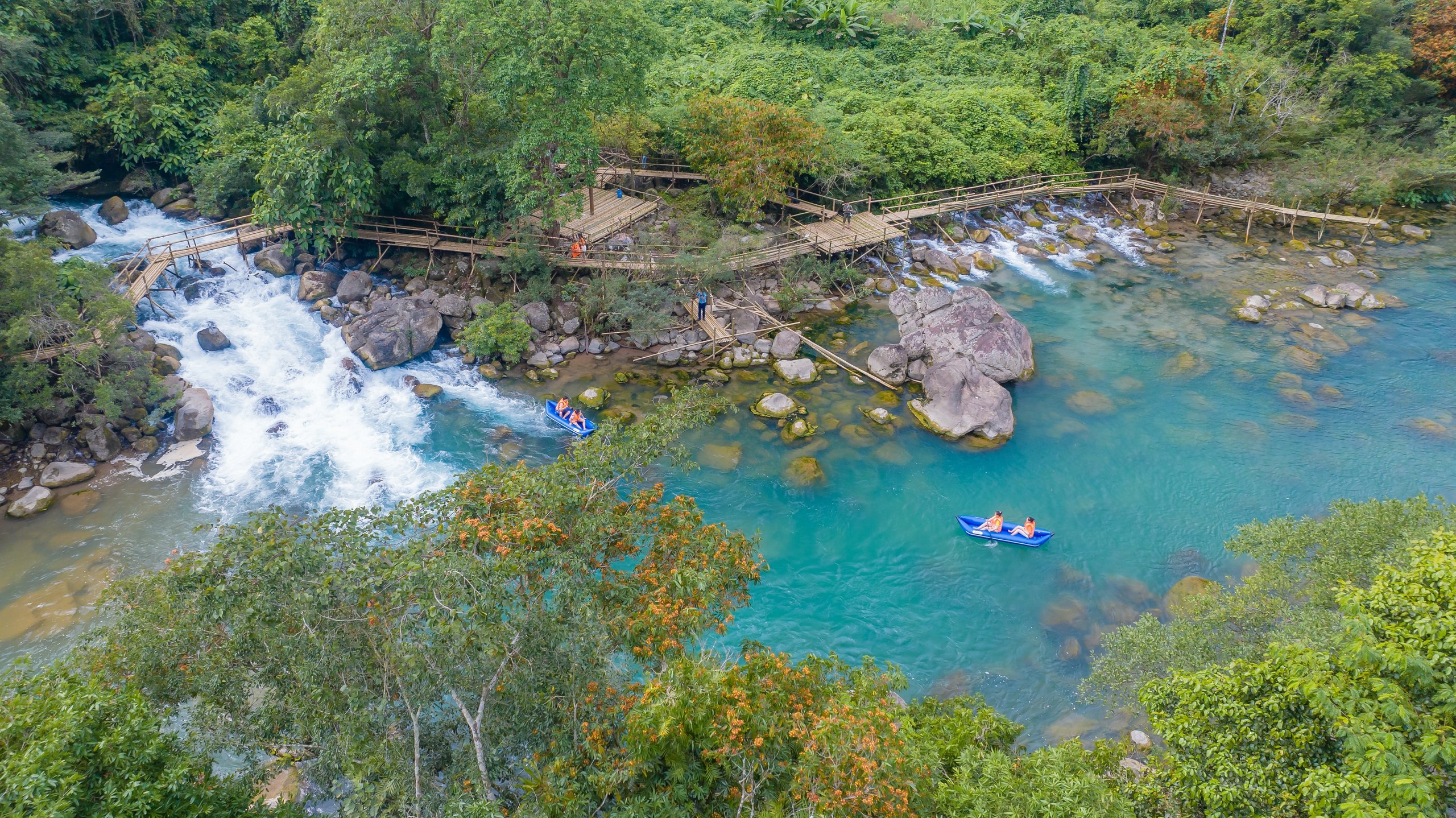
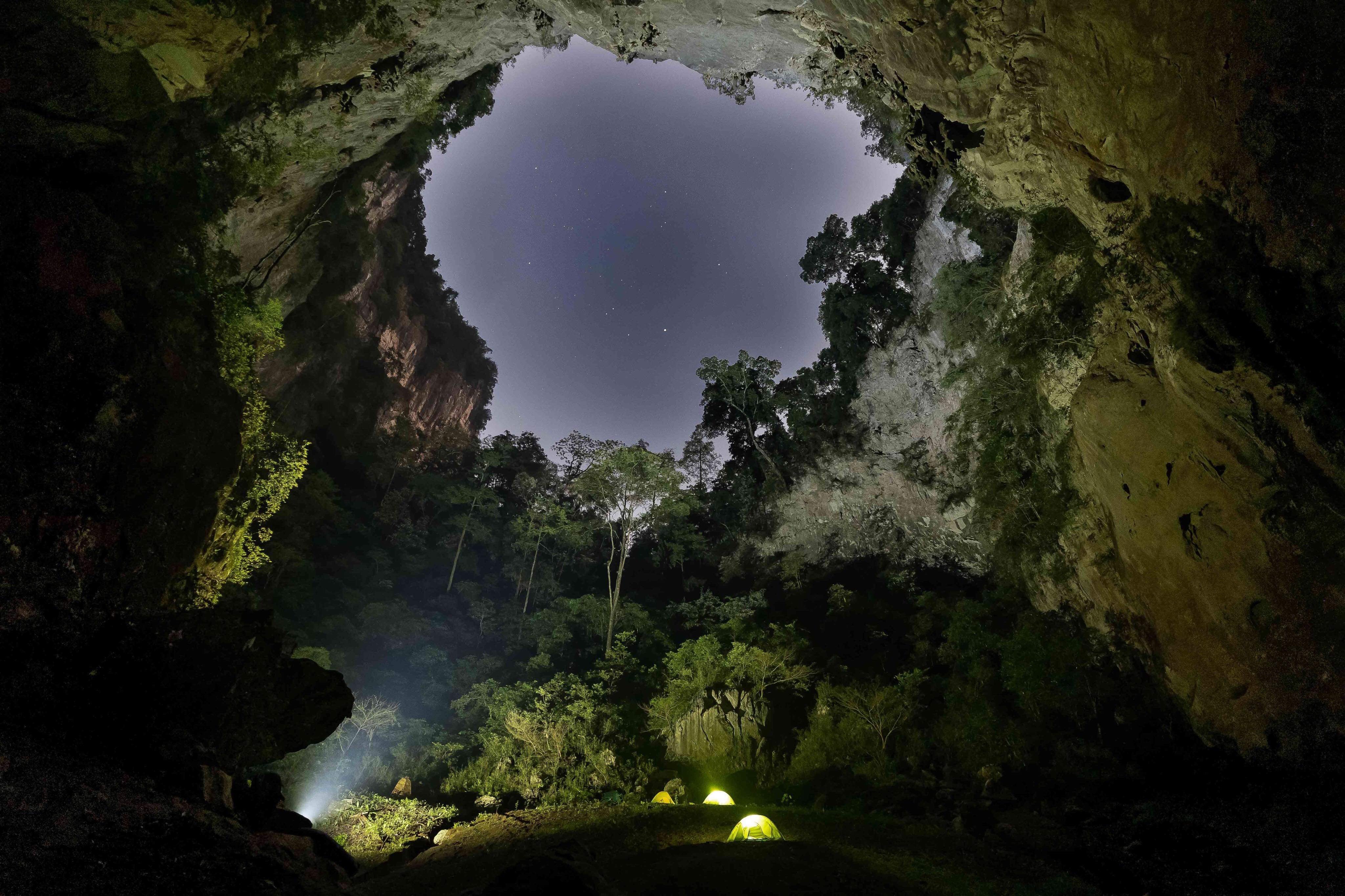

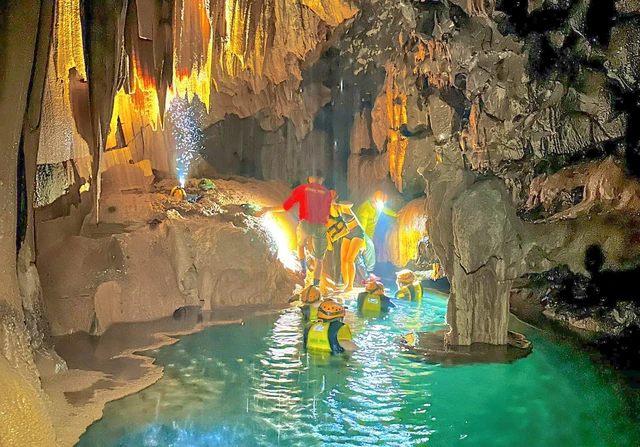
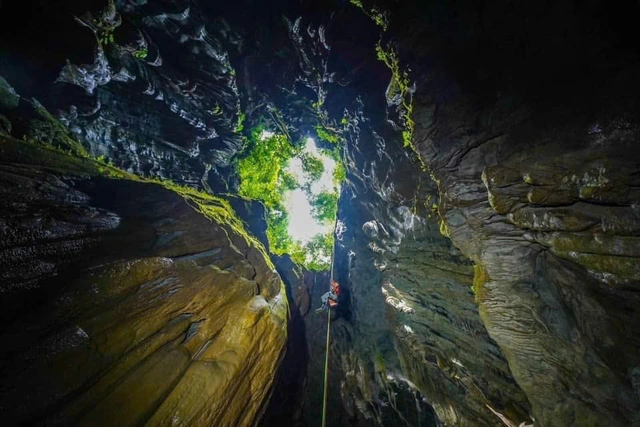
![[Photo] Welcoming ceremony for Chinese Defense Minister and delegation for friendship exchange](https://vstatic.vietnam.vn/vietnam/resource/IMAGE/2025/4/17/fadd533046594e5cacbb28de4c4d5655)





















![[Video] Viettel officially puts into operation the largest submarine optical cable line in Vietnam](https://vstatic.vietnam.vn/vietnam/resource/IMAGE/2025/4/17/f19008c6010c4a538cc422cb791ca0a1)

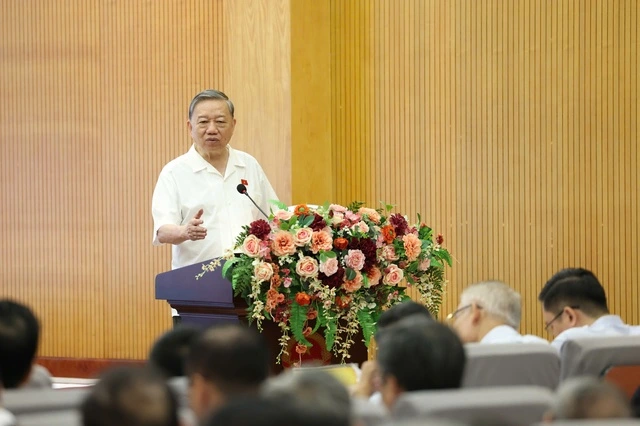





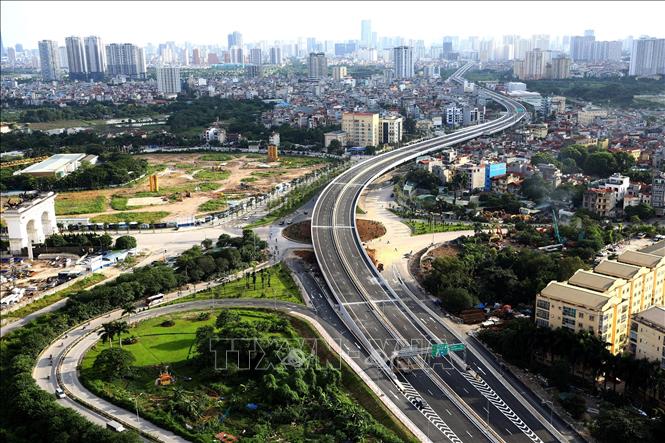


















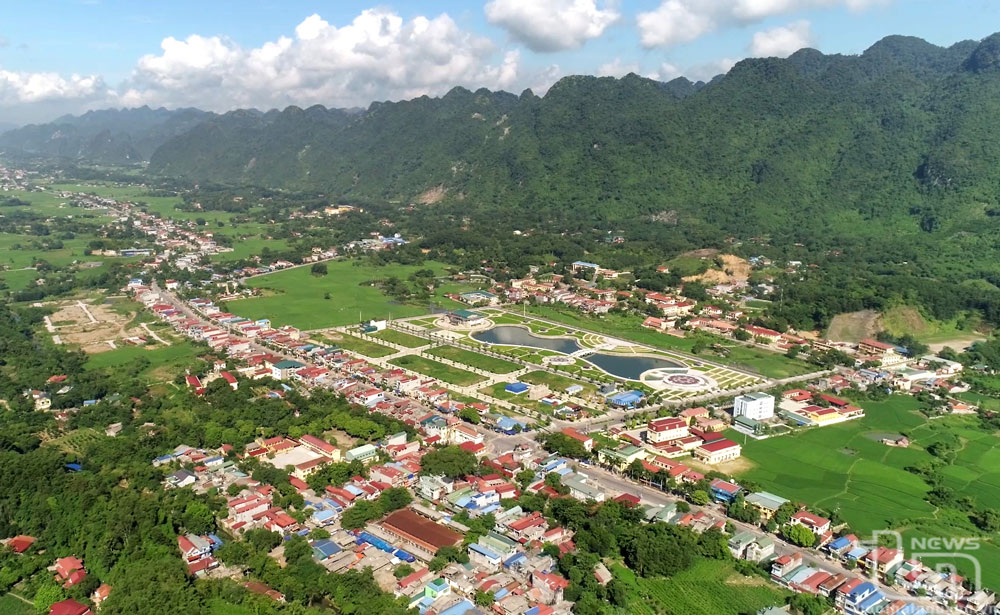





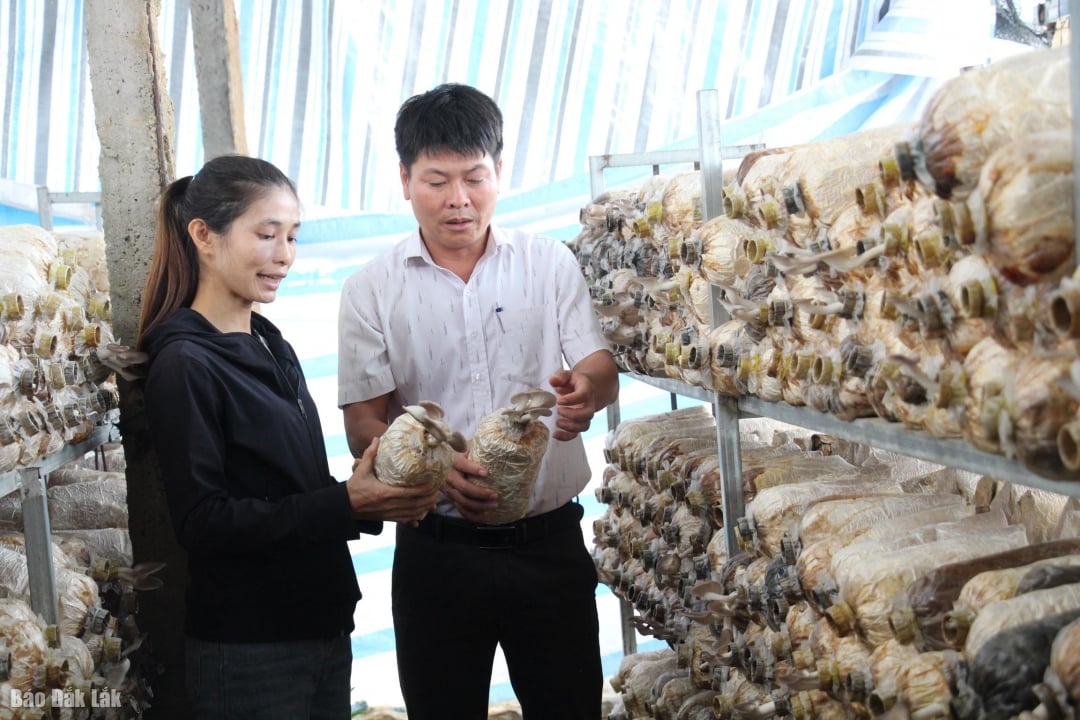





Comment (0)